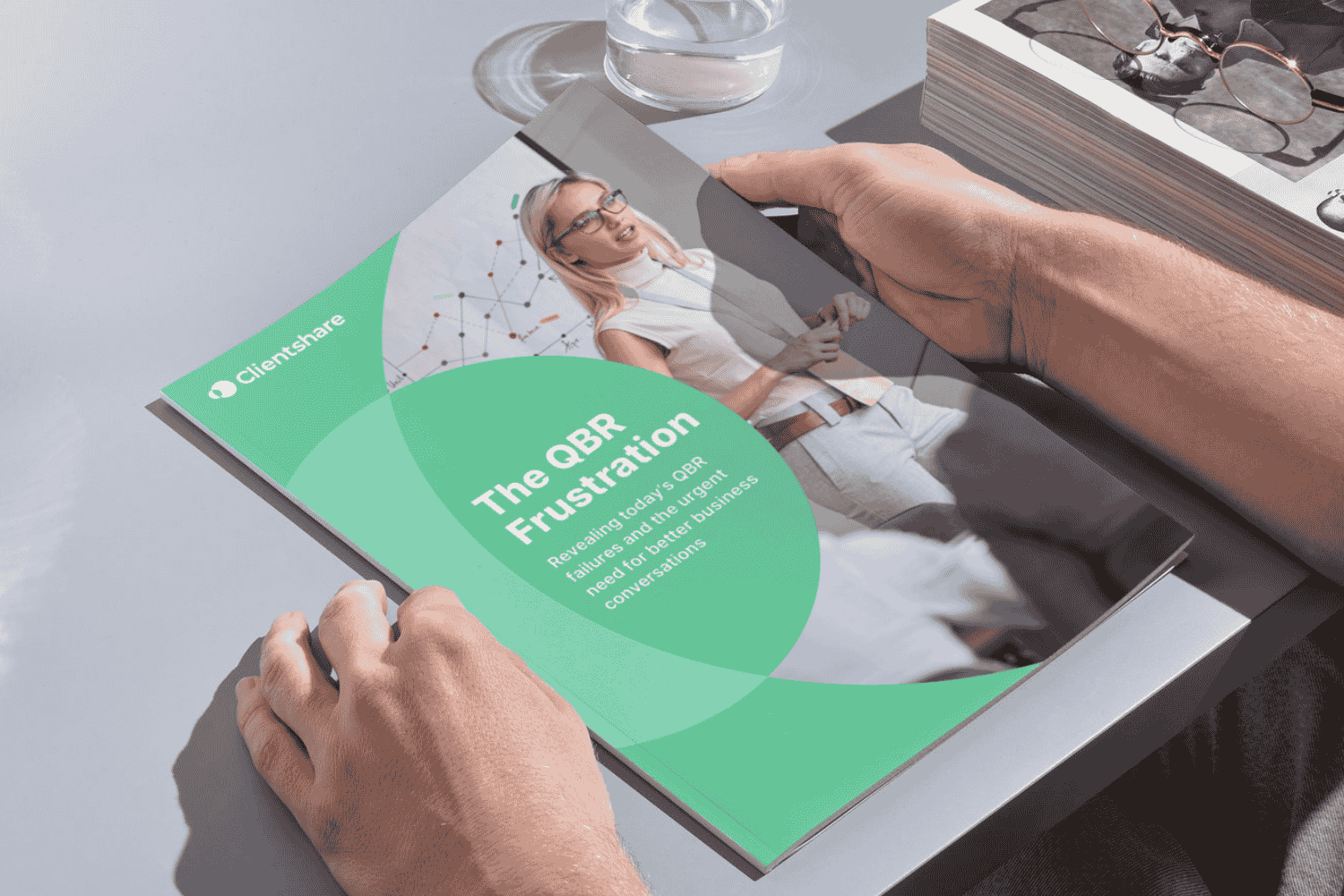
The hidden cost of inefficient QBRs
Inefficient Quarterly Business Reviews (QBRs) have become a significant drain on time and resources for suppliers. Despite the heavy investment in preparation, many QBRs still fail to deliver the desired outcomes, wasting valuable time and hindering productivity.
Insights from The QBR Frustration report reveal that, on average, 10 stakeholders within a supplier organisation are involved in a QBR. Activities include preparing data, insights and materials, reviewing content, and identifying upselling opportunities. Each QBR takes an average of nine days to prepare, involving account management, customer success, sales and leadership teams. Yet many suppliers find that key stakeholders fail to engage or attend, resulting in ineffective meetings.

Key challenges in QBR preparation
Time-intensive processes: 73% of suppliers admit their preparation for QBRs could be significantly better.
Lack of strategic focus: 59% report that some account teams treat QBRs as a tick-box exercise, lacking true engagement.
Handover challenges: 80% of suppliers highlight difficulties with managing personnel changes, noting that ineffective handovers contribute to customer churn.
How to optimise QBR preparation & engagement
To overcome these challenges, suppliers should:
- Improve preparation: Dedicate sufficient time and resources to preparing meaningful insights that align with buyer needs.
- Standardise QBR processes: Create consistent frameworks to ensure every meeting is productive.
- Prioritise stakeholder engagement: Focus on involving the right stakeholders and ensuring they understand the strategic importance of QBRs.
- Track and measure impact: Evaluate the effectiveness of QBRs by gathering feedback and monitoring engagement levels.

Final thoughts
Inefficient QBRs not only waste time but also risk damaging valuable client relationships. As highlighted in The QBR Frustration, suppliers who prioritise preparation and engagement can transform QBRs into impactful, strategic meetings that drive growth and strengthen partnerships.
Read more:




